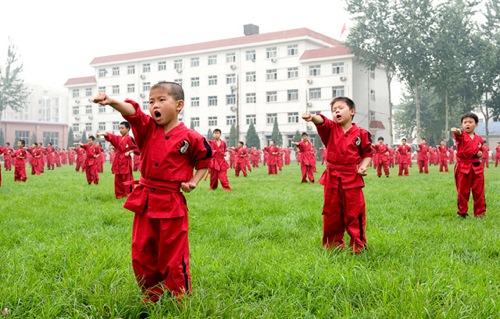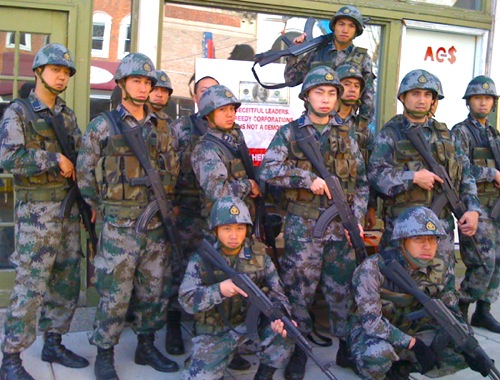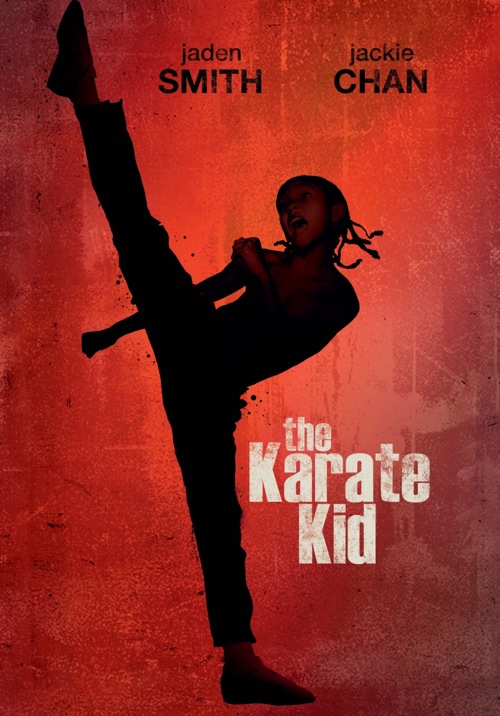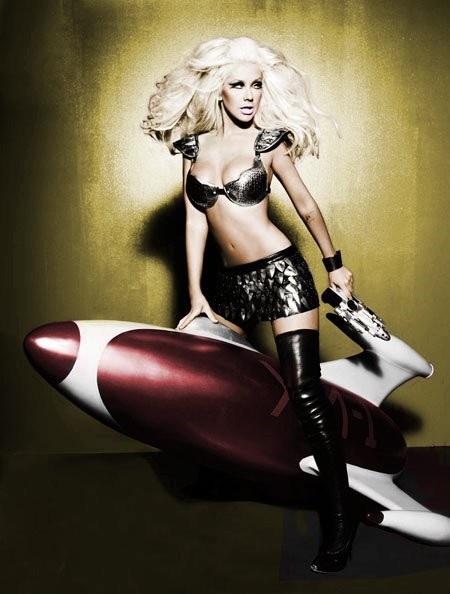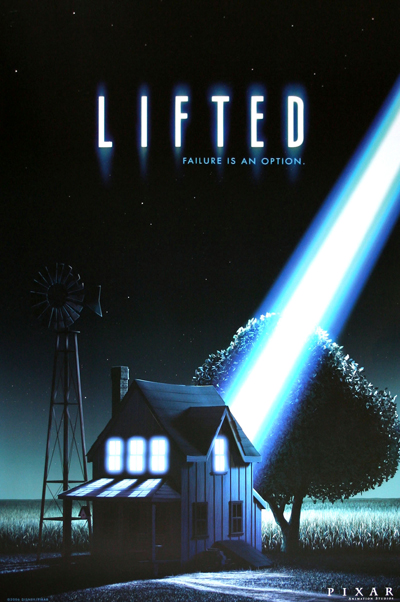 By David Ross. The sight of pelicans trudging through the black crud of the gulf may particularly resonate with parents. This is rather what it’s like to raise a kid these days. You try to fly above the mess, but you wind up covered in muck and drowning in sludge. The difference, of course, is that BP’s gulf catastrophe was accidental, while the engineers of the kiddy culture execute a conscious and cynical plan. With all of this in mind, let me – vigilant father of a four year old – share a few of our happier experiments in what my daughter calls “watching.”
By David Ross. The sight of pelicans trudging through the black crud of the gulf may particularly resonate with parents. This is rather what it’s like to raise a kid these days. You try to fly above the mess, but you wind up covered in muck and drowning in sludge. The difference, of course, is that BP’s gulf catastrophe was accidental, while the engineers of the kiddy culture execute a conscious and cynical plan. With all of this in mind, let me – vigilant father of a four year old – share a few of our happier experiments in what my daughter calls “watching.”
The live-action children’s films and TV of the last thirty years are largely moronic and corrosive. They militate against the values and mores of the adult world (discipline, delayed gratification, respect for legitimate authority, etc.), and acclimate kids to a norm of cliché. I wonder how many of the missing kids on the back of milk cartons we can attribute to the cliché of would-be adventurers sneaking out the window and climbing down the vine trellis? The best bet is simply to write off this swathe of cinematic history, the manipulative cultural politics of E.T. and Sesame Street included (see Kay Hymowitz’s classic essay in City Journal.)
My chief counter-recommendations are Lassie Come Home (1943) and National Velvet (1944), both starring Elizabeth Taylor and a roster of outstanding British character actors. I’m tempted to call these the best live-action children’s movies ever made. Both films are morally sophisticated without crossing the line into adult difficulty, and there is enough suspense at enough different levels to rivet the whole family. Other live-action gems are Cheaper by the Dozen (1950), starring the eternally charming Myrna Loy, and The Trouble with Angels (1966), starring Rosalind Russell and Hayley Mills.
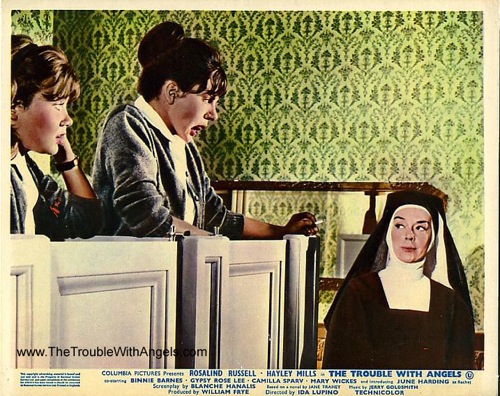
The Trouble with Angels – which may be my very favorite kid’s movie – tells the story of a teenage troublemaker (Mills) who is sent to a convent school run by a formidable mother superior (Russell). Mills engages in various subversive high jinks – powdered soap in the sugar bowls, etc. – but gradually comes to respect the nuns’ example of quiet dignity and selflessness and in the end decides to join the order herself. What’s striking about the film from our twenty-first century perspective is how firmly and confidently it’s on the side of adult authority rather than teenage rebellion. The film takes for granted that Mills and her fellow students are ignorant and immature and that they require adult guidance; so too the film takes for granted that adults have something to teach.
The Trouble with Angels is no masterpiece, but it reminds us how radically the culture has changed. Far from teaching what it means to be an adult, today’s kiddy fare ceaselessly sounds the trumpet of revolt against parent and school, commitment and discipline, anything that thwarts the impulse of the moment. Practically, such films do the bidding of a trillion-dollar advertising-entertainment nexus that sees in every emancipated, impulsive child an emancipated, impulsive consumer. The contemporary American adult, meanwhile, submissively accepts the dismantling of his own authority, having absorbed over a lifetime the Baby-Boomer doctrine that the stern adult is always the bad guy. It occurs to me that an entire counterrevolutionary parenting philosophy is contained in the simple injunction to behave more like Rosalind Russell in The Trouble with Angels and less like Rosalind Russell in Auntie Mame. Continue reading Discovering Good Kids’ Movies


